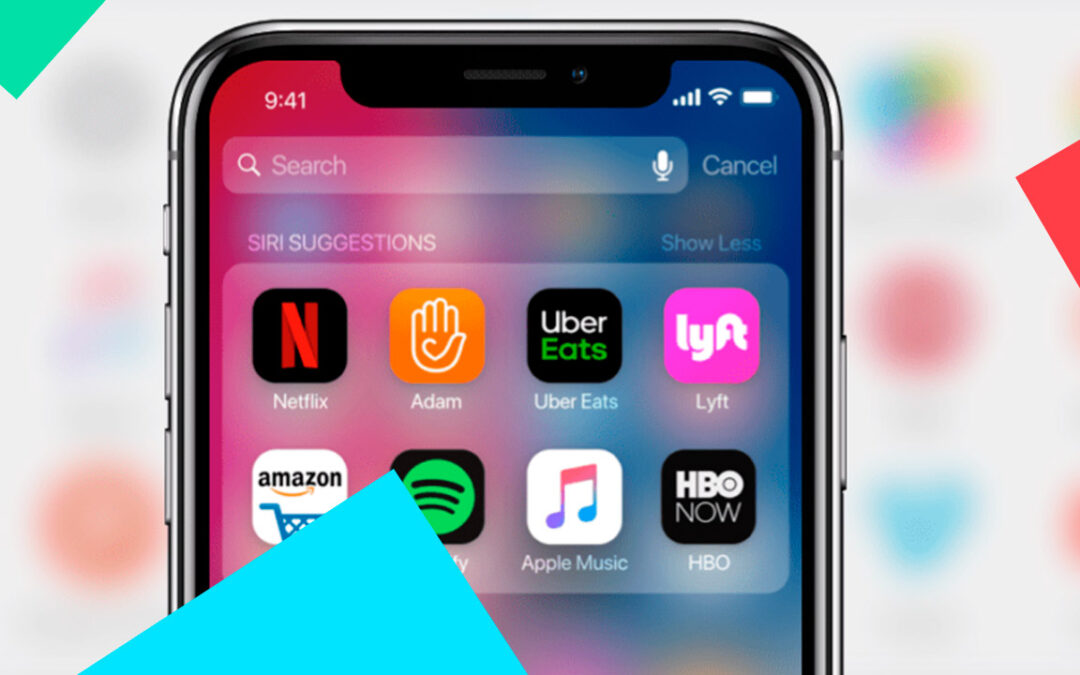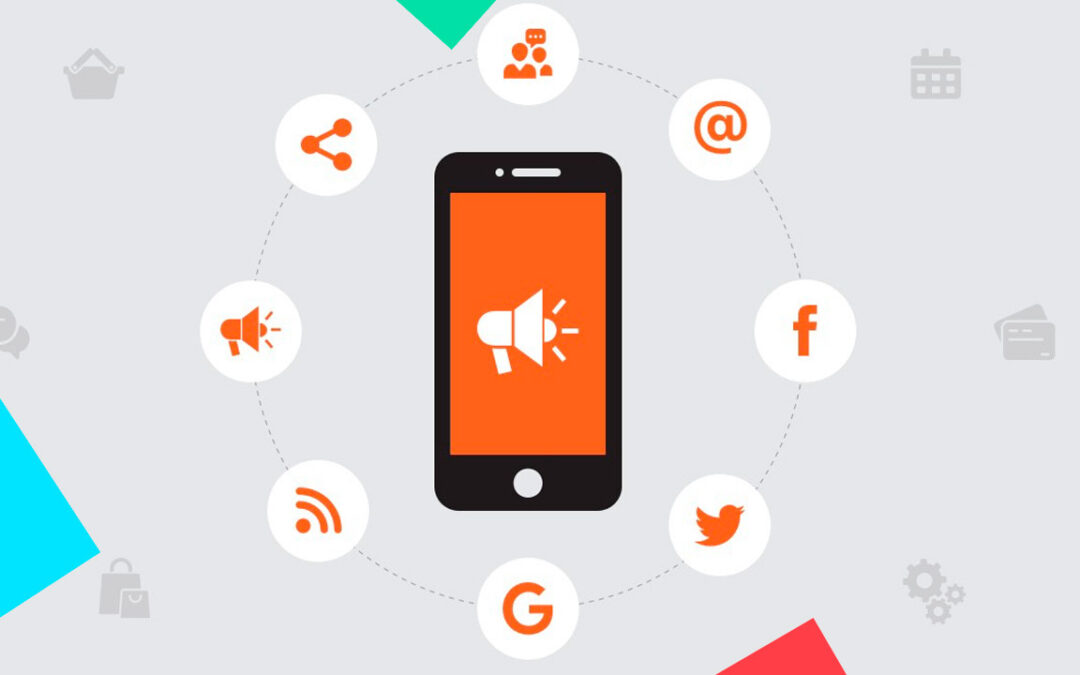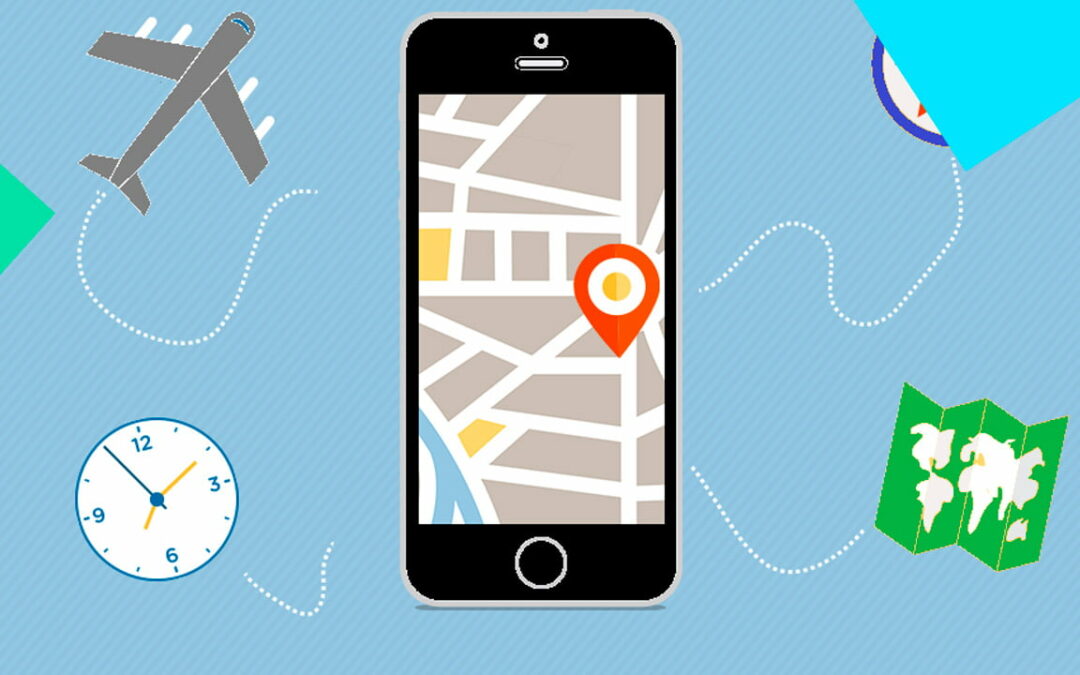Congratulations! You’ve finally launched your mobile app after months (or even years) of development. Isn’t it time to sit back and watch it rise to the top? Wrong. Think again if you believe that once your mobile app is launched, the hard work is done. There are over 1.5 million apps in the app stores of both Apple and Android, and the number is growing by the minute.
If you want your app to succeed in the vastly expanding app world, keep reading to find out what you should do right after it launches:
1. Purchase App Marketing and Analytics Software
The data insights and learnings gained in the first few weeks after your app’s launch are priceless. They determine the path you will take as you progress toward growth and optimization. How can you possibly set yourself up for success if you don’t have the right app marketing and analytics tool, or if you rely on a website analytics tool?
The following data should be tracked immediately after launch:
- Users gained through acquisition
- Rates of first-week engagement
- Rates of first-week retention
- The most frequently used features
- Features that are rarely used
- App ratings and reviews
- Churn vs. app installs
- Glitches/bugs
Since you created an app, you are already aware of the value it provides, which is a highly personalized, task-oriented experience for your user. App analytics is also distinct in that it captures a completely different set of metrics and perspectives than web analytics. They enable you to track your users’ engagement and session flow, which is important data for optimizing your app. Starting with the right insights is critical for understanding where you’re losing users in the app user cycle and where you’re nailing it.
You will also require strong app marketing software in addition to strong analytics. That way, all of your efforts to acquire users will not be in vain. To increase engagement, you must begin communicating with your users right away and begin developing solid personalized marketing campaigns based on data insights. This increases conversions and retention.
2. Establish an Onboarding Procedure
Getting users to download and open your app is half the battle; keeping them is the other. Setting your user up for success with an onboarding process can make or break their engagement with your product. In fact, after implementing a solid onboarding process, we saw a 50% increase in retention rate in a case study we conducted with Slice.
How do you put together a successful onboarding procedure? You’ll have a solid plan in place if you follow the best practices listed below:
Don’t bury the lead: Make sure your user understands the value and benefits they will receive from using your app right away. These should be clearly displayed and one of the first things the user notices during the app onboarding tutorial.
Demonstrate key functionality: Show them the app’s main features and how simple it is to complete a desired task. Using callouts and highlighting key buttons will make it easier for people to navigate and promote a better user experience.
Make it simple to sign up: Because sign-ups are frequently a barrier to app adoption, make it as simple as possible. Don’t force them to create a new account whenever possible. Allow new users to sign in using their existing social media or Google accounts.
Lead the way with a CTA: At the end of your onboarding experience, include a call-to-action to point the new user in the right direction. This CTA can request that they complete a specific task or simply get excited about using your app.
3. Respond to the Feedback
After launching your app, one of the most important things you can do is closely monitor feedback from early adopters to understand the lows and highs of your functionality. Where do people get hung up? Are they utilizing features in ways that you did not anticipate? You should pay close attention to app store reviews as well as beta tester feedback and take it seriously. This not only allows you to address issues with your app more quickly, but it also allows you to prioritize updates and optimizations. Your users will appreciate it if their suggestions are taken into consideration and implemented in future app updates.
In addition to feature requests, make sure to pay attention to any bugs discovered by these early adopters and resolve them as soon as possible. One surefire way to lose valuable users is if they encounter numerous frustrating glitches.
4. Pay Attention to Feature Utilization
While user feedback is extremely valuable, their actions can be even more telling. App analytics allows you to closely monitor usage, or lack thereof, to determine which features users prefer and which fall flat. It’s easy to overestimate how users will interact with your app. Sometimes a feature you didn’t think anyone would use becomes the most popular, or vice versa.
Understanding in-app user behavior is critical to driving your app’s success. While comments are always useful, app analytics tell you what users can’t tell you because they are unaware or don’t know how. That is why it is critical to review usage metrics on a regular basis in order to “read between the lines” and prioritize future features and app marketing campaigns.
5. Monitor Churn
Another method for reading between the lines? Churn of users. If users flock to your app and then abandon it, there’s clearly a problem with its stickiness. Identifying the exact point at which users begin to leave will provide insight into why. What are the gaps in your app that you need to fill? How can you tailor the experience to better meet the needs of the users? You can then try to counteract this with app marketing and optimization.
After all, we know that 50% of users churn within the first 30 days, and 75% churn within the first three months. That’s pretty terrifying, especially for app marketers. That is why tracking churn as soon as your app launches is critical if you want to stay ahead of the curve and address issues head on.
6. Find the Right Users
If you haven’t already launched user acquisition campaigns, now is the time. You’ve gathered some valuable information about your target audience, which you should leverage when launching your app acquisition campaigns.
Running paid user acquisition campaigns can be expensive, so it’s critical to make sure you’re getting your money’s worth. Understanding the source of your app’s referral traffic is a surefire way to gauge the success of your campaign. Pay close attention to the data to learn where your most engaged users are coming from. That way, you’ll know where to concentrate your efforts and which to abandon.
7. Improve Your User Interface
The app experience and design are critical. Users have grown accustomed to some stunning app interfaces that are not only visually appealing but also functional. Consider the services Uber, ClassPass, and AirBnB. Based on all of the data insights you’re receiving, as well as your own research, you should be constantly thinking of ways to improve your app’s user interface and experience. However, keep in mind that even if your app is beautifully designed, if the functionality is poor, you’re screwed. The inverse is also true. To compete in the ever-expanding marketplace, your app must be first-rate.
Here are some questions to consider about UI and UX:
- How can I change the color scheme and interface to make the app more engaging and user-friendly?
- How can I make app interaction as straightforward (yet elegant) as possible?
- How can I make my app more ‘human’?
- How can I integrate my app with other relevant channels?
- How can I improve the workflow to make it more efficient?
8. Customize the App Experience
Now that you’ve figured out how different users interact with your app, it’s time to get personal. App users have grown accustomed to being catered to, and your app should follow suit. Your app’s communication should feel highly personalized. Messages sent to users, whether push or in-app, should be segmented based on their behavior and preferences so that they feel tailored to them specifically. When users access your app, the goal is for them to feel as if it recognizes them. To accomplish this, consider the following types of personalization for your app:
- User preferences are saved.
- Geotargeting
- Based on previous history, customized and relative content
- Keeping in mind previous actions
- Integration across multiple channels
- Push and in-app notifications that are personalized based on in-app behavior and profile data
Finally, resist the temptation to take a well-deserved break after your app is released. The first few days after your app is released on the market are critical for ensuring that your app has a chance against some fierce competition. What other steps do you intend to take after launching your app to ensure its success?












0 Comments